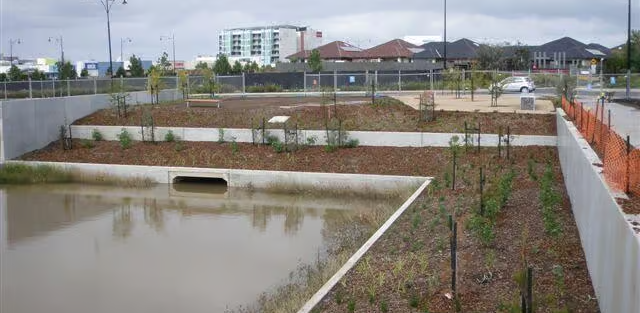Planting plants along retaining walls can not only add beauty to the landscape, but it can also help to anchor and secure the wall by reducing the forces of erosion. When used correctly, plants act as a natural type of reinforcement for the soil between the wall and slopes, helping to prevent landslides. On top of this, plants will bring colour and life to your garden in the form of flowers, shrubs and trees whilst potentially providing habitats for birds and other wildlife.
However, care must be taken when planting along a retaining wall as particular species may have an adverse effect on the structural integrity of the wall design. For example, large tree roots can cause damage over time if allowed to penetrate cracks in the wall or underneath its foundation. The best way to avoid such damage is to plant smaller perennials that require less maintenance and grow at a slower rate compared with larger trees or shrubs.
In addition, another important thing to consider is how much space there is between the roots of each plant species you are using. Planting too close together can lead to increased competition for resources such as water and nutrients, leading some plants to become stressed or die off completely. To prevent this, make sure there is enough space between each root system so they all have access to what they need.
No matter if you choose annuals or perennials as your plants of choice, planting along a retaining wall should provide plenty of aesthetic benefits while helping keep the structure itself safe from erosion and other potentially hazardous forces. With careful consideration and correct placement, any garden can become more beautiful when landscaped with plants along a retaining wall. Now that we have discussed designing and planting around retaining walls let us move onto artificial paths along these walls for further enhancing the beauty of your outdoor living space.

